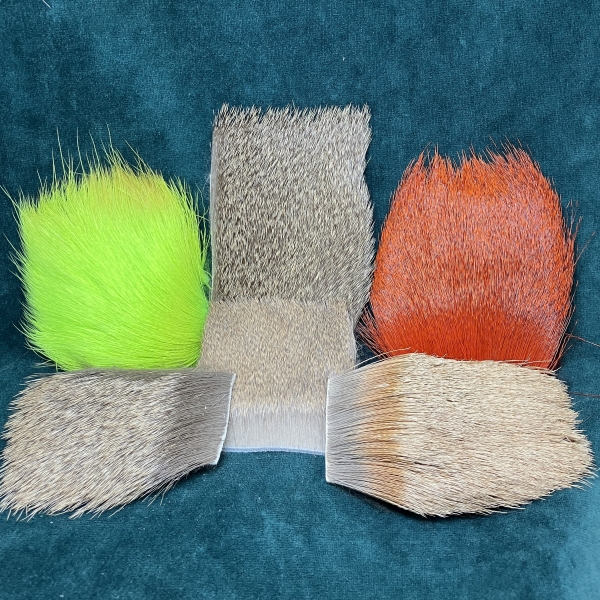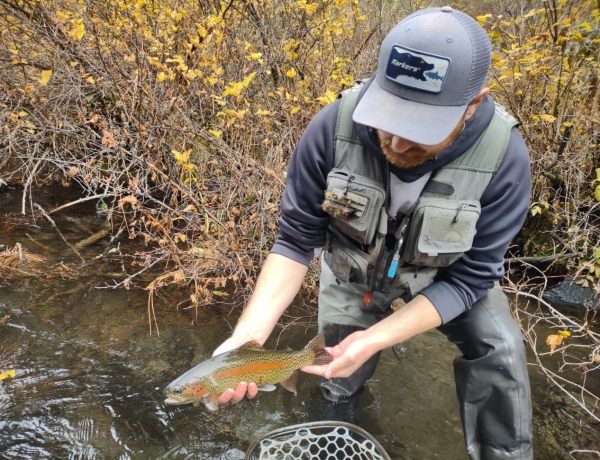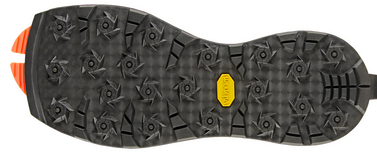Blue wing olives are mayflies, identifiable by their upright wings and long tails. The term blue wing olive is a colloquial term for a bunch of different species and even a few genera of bugs, but this isn't an entomology conference so for brevity's sake we'll lump them all together like most anglers. They do vary by color and size to some degree, so on places like the Metolius of Fall with picky fish, having a variety of patterns does come in handy even though what you're seeing in the late fall/winter/early spring all falls under the "BWO" umbrella. Their life cycles all are pretty much the same though so they all follow the same nymph -> emerger -> dun -> egg layer/spinner cycle as other mayflies. Smaller tippet is usually beneficial when fishing these guys, since it'll be cold and the fish are typically more selective when their metabolism slows down and they move to slower flatter water. Dark dry shake is not a bad idea either, since a lot of the BWOs are small enough that paste floatants can be too much for the little fly you're applying it to.
Blue wings are hatching 12 months out of the year, but they enjoy crappy weather, and when the cold sets in and the temps drop they are one of the few that stick around for the trout to eat on the surface. Every moving body of water has them in central Oregon. The Metolius, Crooked, Fall, and Deschutes all have good hatches of them at some point in the colder months. Typically a size 16/18, they can be anywhere from a 14 to teeny tiny 22s or maybe even 24 if you're really unlucky. They start out as nymphs on the bottom like all other mayflies. Most of them live in riffles, but some utilize weedy slow moving areas as well.
The emergers and duns are a mid morning event, typically between 11 and 2. The warmer and cloudier it is, the more flies you will see. If it's colder, however, sometimes that can result in the bugs sitting on the water for a longer amount of time before being able to dry their wings and fly away and the fish like that as well. The rise forms for these bugs can be anything from very subtle sips of duns to aggressive takes on emergers just below the surface, so on places like the Metolius especially it can behoove you to observe the rise forms for a few minutes even if you see a lot of fish coming up.
The spinners are not always consistent after the duns hatch, as some of the different BWOs can return to the water after mating anywhere from a few hours to a few days later. Certain types of BWOs also lay their eggs underwater, and so a wet fly imitation behind a dry can help produce fish if you're seeing adults but not getting action on the dry as much as you'd like.
I like to tell people that you know you've been bitten with the fly fishing bug (pun intended) when it's February and you get really excited to fish dries because the weather forecast is 44 and drizzly. Some of these hatches can be quite prolific, and really, what else are you going to do on a dreary day like that. Come on in to the shop to get geared up, and as always if you have any other questions feel free to ask away. Check out the Western Hatch Guide book as well for more info!


